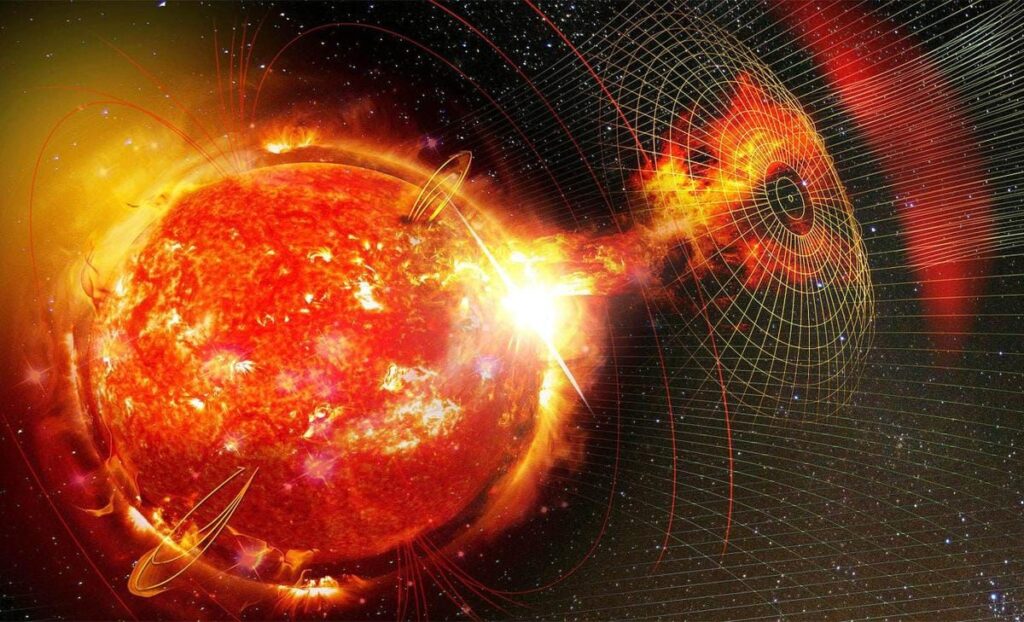
The universe continues to reveal mysteries that challenge our understanding of space and our place within it. For decades, astronomers have studied the solar system as if it were an island — a group of planets, moons, and asteroids suspended in a sea of emptiness. But new research suggests that the space surrounding us is far more complex and interconnected than previously imagined.
A Cosmic Channel Revealed
A groundbreaking discovery by astronomers at the Max Planck Institute has revealed evidence of what they are calling an “interstellar tunnel” — a stream of hot, low-density plasma that appears to extend outward from our solar system into the galaxy. This structure could act like a cosmic channel, potentially linking us to distant stars and constellations.
The discovery was confirmed through advanced observations by the eRosita X-ray telescope, which has been mapping large-scale structures in space since its launch. The data reveal that our solar system may not just exist in isolation but rather within a vast, dynamic environment shaped by invisible plasma flows.
Living Inside a Hot Bubble
For years, astronomers have speculated that our solar system lies inside what is called the Local Bubble — a vast region of hot, less dense interstellar gas formed by ancient supernova explosions. This bubble protects and influences our solar neighbourhood. The new findings suggest that the Local Bubble may be connected to other regions of the galaxy by plasma channels, much like hidden tunnels beneath the cosmic landscape.
Dr. L. L. Sala, lead author of the study published in Astronomy & Astrophysics, explained:
“We are beginning to see the galaxy as a network of interlinked regions rather than isolated pockets. This tunnel-like plasma channel could be a pathway that connects our solar system directly to distant parts of the Milky Way.”
Why This Matters
The discovery opens up a wealth of possibilities for science. If plasma channels connect star systems, they may influence the movement of cosmic rays, the distribution of interstellar matter, and even the future of space exploration. Understanding these connections could help us:
Improve models of how stars and galaxies evolve.
Better predict how cosmic radiation travels and affects Earth.
Identify potential routes or hazards for future interstellar missions.
A New Perspective on the Galaxy
While the idea of a galactic “tunnel” may sound like science fiction, it represents a shift in how astronomers think about space. Instead of being a static, empty backdrop, the universe is increasingly seen as a web of invisible structures, shaped by forces we are only beginning to comprehend.
This discovery reminds us that our solar system is not just drifting alone through the Milky Way — it is part of a much larger and interconnected cosmic network.
As researchers continue to analyse eRosita’s data, the so-called interstellar tunnel could turn out to be one of the most important clues yet in understanding the hidden architecture of our galaxy.
